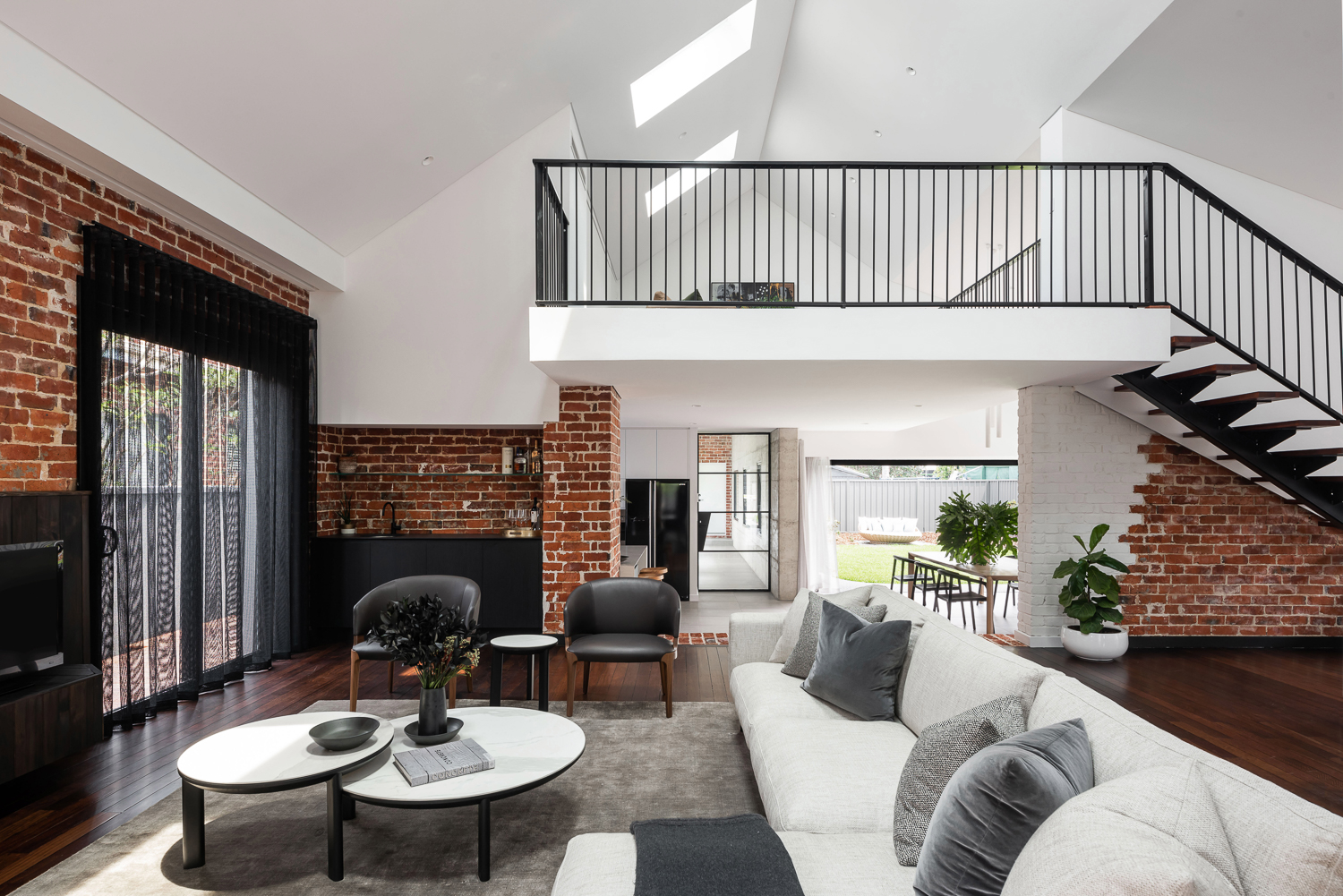Orlando Catenacci of X-Space Architects has a career which now spans more than two decades, but he can still trace his passion for his chosen profession back to a childhood spent playing with Lego.
“I could keep myself entertained for hours, between coming up with my own Lego creations and sketching just about anything. I found it extremely rewarding to see something I visualised come to life,” he recalls.
Having entered the industry as a draftsperson, Orlando soon realised that to be truly happy he needed to become an architect, so went to on to pursue his degree at Curtin University. “My drafting skills allowed me to work and sub-contract throughout my time at uni, which meant I had a lot more industry experience than my colleagues by the time we graduated.”
Based in the Perth suburb of Osborne Park, Orlando’s firm X-Space Architects provides both architectural and interior packages, focusing on luxury residential, multi-residential apartments and mixed use developments, and specialised commercial projects.
“The firm runs lean and I am heavily involved in all projects,” he tells us. “A typical day in the office is around 10 hours and starts early – I’m in by 7am and when there are deadlines that can even be as early as 3.30am. I don’t like staying later than 5 to 5.30 as I like the idea of leaving the office around the same time as the rest of the world!”
He describes X-Space’s point of difference as “we understand what we design and draw and most importantly, we understand how it all goes together”, emphasising:

